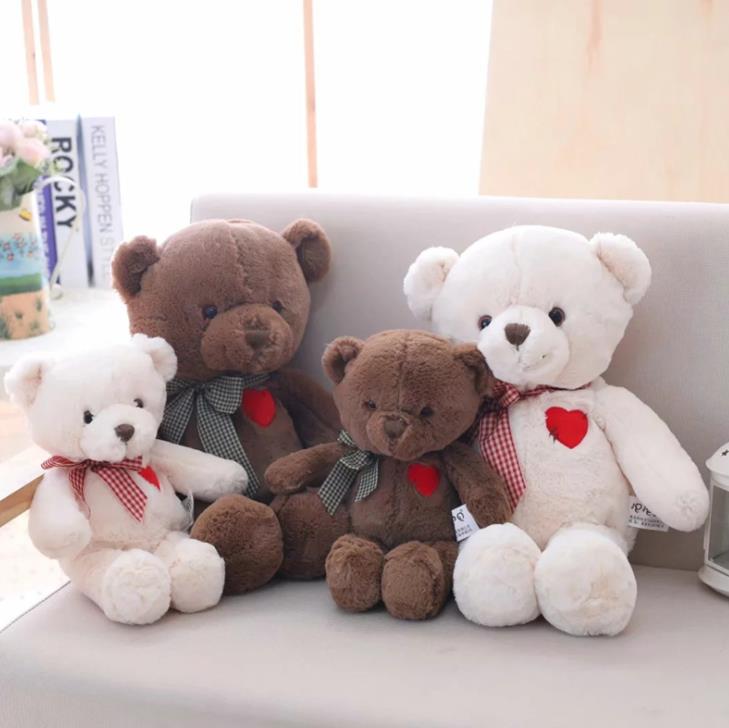Introduction: Teddy bears have proven to be powerful therapeutic tools, offering comfort and support in various therapeutic settings. These cuddly companions play a significant role in promoting emotional healing, communication, and self-expression. In this blog, we will explore the therapeutic power of teddy bears and how they contribute to positive outcomes in therapy.
- Teddy Bears in Play Therapy: In play therapy, teddy bears act as “witnesses” to a child’s emotions and experiences. Children use these bears to express their feelings, reenact scenarios, and process trauma or difficult situations in a safe and non-threatening manner.
- Teddy Bears for Emotional Regulation: Teddy bears are used as tools for emotional regulation in both children and adults. Holding or hugging a bear during therapy sessions can promote relaxation and reduce anxiety, making it easier for individuals to engage in therapeutic work.
- Teddy Bears as Transitional Objects: In therapy, teddy bears can serve as transitional objects, providing comfort and security during periods of change or distress. These bears become a consistent and reliable presence in an individual’s therapeutic journey.
- Teddy Bears and Expressive Arts Therapy: In expressive arts therapy, teddy bears can be integrated into various creative activities. Drawing, writing, or creating stories about the bear can facilitate emotional expression and self-discovery.
- Teddy Bears in Grief Counseling: Teddy bears are utilized in grief counseling to offer comfort and support to individuals who have experienced loss. Memory bears, made from clothing or fabric belonging to the deceased, become cherished keepsakes, providing solace during the mourning process.
Conclusion: The therapeutic power of teddy bears is evident in various therapeutic settings. From play therapy to expressive arts therapy and grief counseling, these cuddly companions offer comfort, support, and opportunities for emotional expression and healing. As therapists continue to incorporate teddy bears into their practice, they harness the unique therapeutic benefits of these beloved toys, contributing to positive outcomes in therapy sessions.














